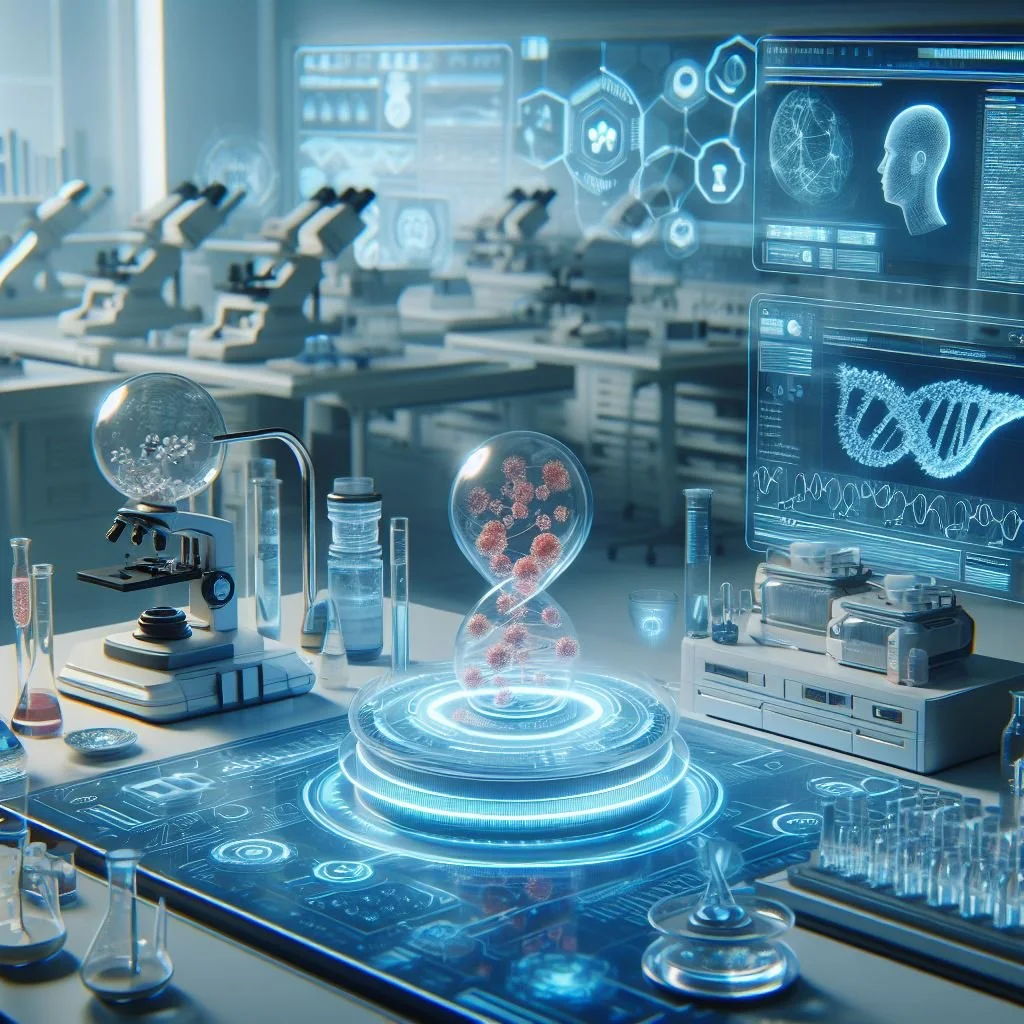Artificial Intelligence (AI) is all over the news, and it's making waves in synthetic biology too. At iGEM, teams are leveraging AI as they push the boundaries of synthetic biology to solve some of the world’s greatest challenges. To give you some background and perspective on how past iGEM teams have incorporated AI in their work, check out these projects.
Welcome!
This blog is where we share stories, announcements, and insights from around the iGEM community.










